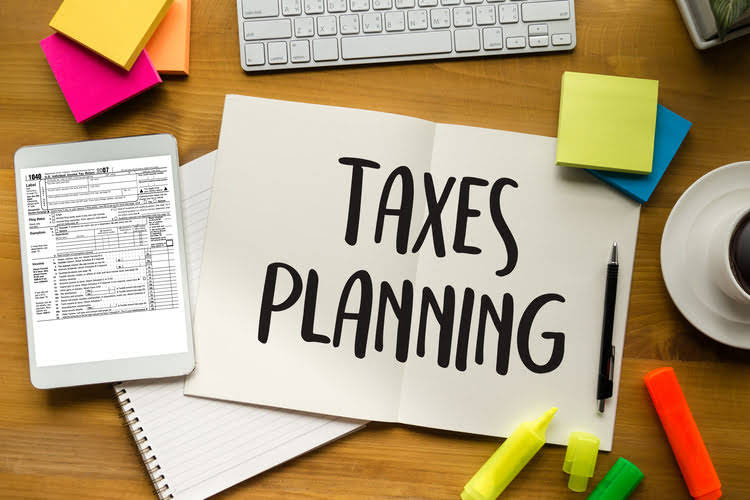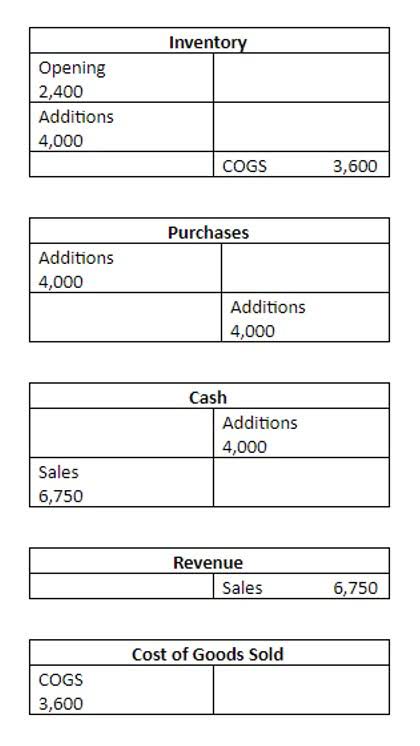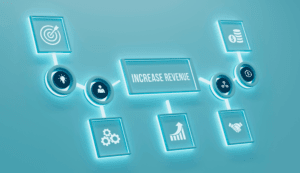
An operating lease is recorded as a rental expense, while a finance lease is treated as a long-term liability and an asset on the balance sheet. Accrued Expenses are expenses that a company has incurred but not yet paid. These expenses are recorded in the income statement and the corresponding liability is reported in the balance sheet. Examples of accrued expenses include wages payable, interest payable, and rent expenses. Having a better understanding of liabilities in accounting can help you make informed decisions about how to spend money within your company or organization.
What Are The Types of Liabilities?
Although the recognition and reporting of the liabilities comply with different accounting standards, the main principles are close to the IFRS. Liability may also refer to the legal liability of a business or individual. Many businesses take out liability insurance in case a customer or employee sues them for negligence. Using accounting software can help ensure that each journal entry you post keeps the formula in balance. If you use a bookkeeper or an accountant, they will also keep an eye on this process.
Current vs. non-current liabilities

Businesses will take on long-term debt to acquire new capital to purchase capital assets or invest in new capital projects. In conclusion, the management of liabilities is crucial for maintaining financial stability and favorable cash flows. As liabilities impact both the balance sheet and cash flow statement, businesses must carefully consider their decisions regarding debt, tax management, and other obligations.
- According to the principle of double-entry, every financial transaction corresponds to both a debit and a credit.
- Both assets and liabilities are broken down into current and noncurrent categories.
- If you made an agreement to pay a third party a sum of money at a later date, that is a liability.
- Creditors send invoices or bills, which are documented by the receiving company’s AP department.
Overview: What are liabilities?
Your accounts payable balance, taxes, mortgages, and business loans are all examples of things you owe, or liabilities. Managing liabilities is a crucial aspect of running a successful business. It involves anticipating future financial obligations and employing strategies to meet them while maintaining solvency. One of the key steps in planning for future obligations is to thoroughly analyze a company’s balance sheet, identifying both short-term and long-term liabilities.

These are goods and services already delivered to a company—costs for which it must pay in the future. The expenses are recorded in the same period when related revenues are reported to provide financial statement users with accurate information regarding the costs required to generate revenue. This formula is used to create financial statements, including the balance sheet, that can be used to find the economic value and net worth of a company.
Managing liabilities is part of being a business owner

In business finance, a liability is an obligation that a company owes to other parties. This can range from money owed to suppliers, as in accounts payable, to long-term commitments like mortgage payable or bonds issued. Liabilities are not just about immediate payments; they include economic responsibilities that a company expects to settle in the future, reflecting past transactions and financial activities. As a small business owner, you need to properly account for assets and liabilities. If you recall, assets are anything that your business owns, while liabilities are anything that your company owes.
- Examples of contingent liabilities include warranty liabilities and lawsuit liabilities.
- Take a few minutes and learn about the different types of liabilities and how they can affect your business.
- They’re recorded on the right side of the balance sheet and include loans, accounts payable, mortgages, deferred revenues, bonds, warranties, and accrued expenses.
- And this can be to other businesses, vendors, employees, organizations or government agencies.
- In this example, your company has total assets of $150,000 and total liabilities of $70,000.
- Additionally, maintaining accurate cash flow projections is essential for anticipating future financial needs.
Along with the shareholders’ equity section, the liabilities section is one of the two main “funding” sources of companies. The bond issuer (company) must pay a coupon (interest) based on coupon rate and face value. At maturity, the issuer must pay the final coupon plus the principal. Deciding when to fire an employee requires what account type is considered a liability? careful consideration and a clear understanding of how their actions impact the team and company … Adam Hayes, Ph.D., CFA, is a financial writer with 15+ years Wall Street experience as a derivatives trader. Besides his extensive derivative trading expertise, Adam is an expert in economics and behavioral finance.
The importance of liabilities when acquiring or selling a company
- Deferred tax liability refers to any taxes that need to be paid by your business, but are not due within the next 12 months.
- Payroll taxes, including Social Security, Medicare, and federal unemployment taxes, are liabilities that can be accrued periodically in preparation for payment before the taxes are due.
- Accrued Expenses are expenses that a company has incurred but not yet paid.
- Assets have a market value that can increase and decrease but that value does not impact the loan amount.
- As you continue to grow and expand your business, you’re likely going to take on more debt as you go.
- During the operating cycle, a company incurs various expenses for which it may not immediately pay cash.
- If it goes up, that might mean your business is relying more and more on debts to grow.



